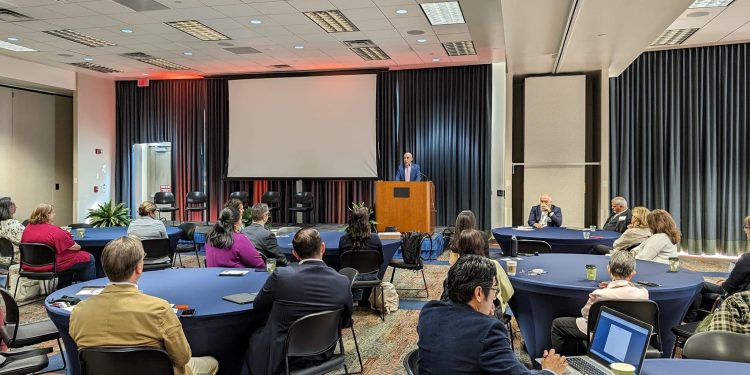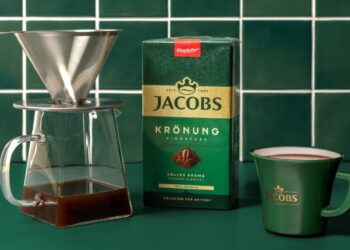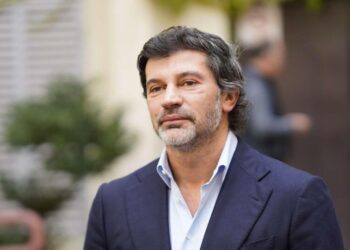The 6th Georgian Wine Forum in the USA was held last weekend in the state of Texas. It was organized by the National Wine Agency and the Georgia-America Business Council.
This event included a conference held in the University of Texas at Austin and Rice University in Houston with the participation of many professionals: scientists, economists, representatives of large trade networks and wine professionals.
They discussed the scientific research program of Georgian wine culture, the strategy and marketing potential of Georgian wine in the US market, and the state of the global wine sector.
Tamta Najidze, head of the Marketing and Public Relations Department of the National Wine Agency, spoke at the conference about the current state of the Georgian wine industry and its development vision.
“At the forum, we were given the opportunity to introduce Georgian wine to local wine professionals, to summarize the measures implemented in recent years to promote Georgian wine and the results achieved. We also heard from wine professionals about the latest trends in the local market, which are crucial for determining our next steps.
“The United States of America is a strategic export market for Georgian wine, where the National Wine Agency has been implementing an active marketing campaign since 2013 in order to diversify markets. The forum held in Texas was another important event in terms of promotion of Georgian wine and stimulation of sales” Najidze noted.

While Russia is still the dominant buyer of Georgian wine, at 56% of the export market according to TBC Capital’s 2022 report, Georgia is working to target other markets like Poland, the USA, the UK, Japan, Germany, China, and the Baltic countries.
Again, according to this report, the US is the main wine consumer and also the main importer country and is therefore a strategic market for Georgian wine, where, with the support of the National Wine Agency, various important events, including the “Georgian Wine Forum,” are held in order to promote the growth of Georgian wine and export.
By Léa Montagne














